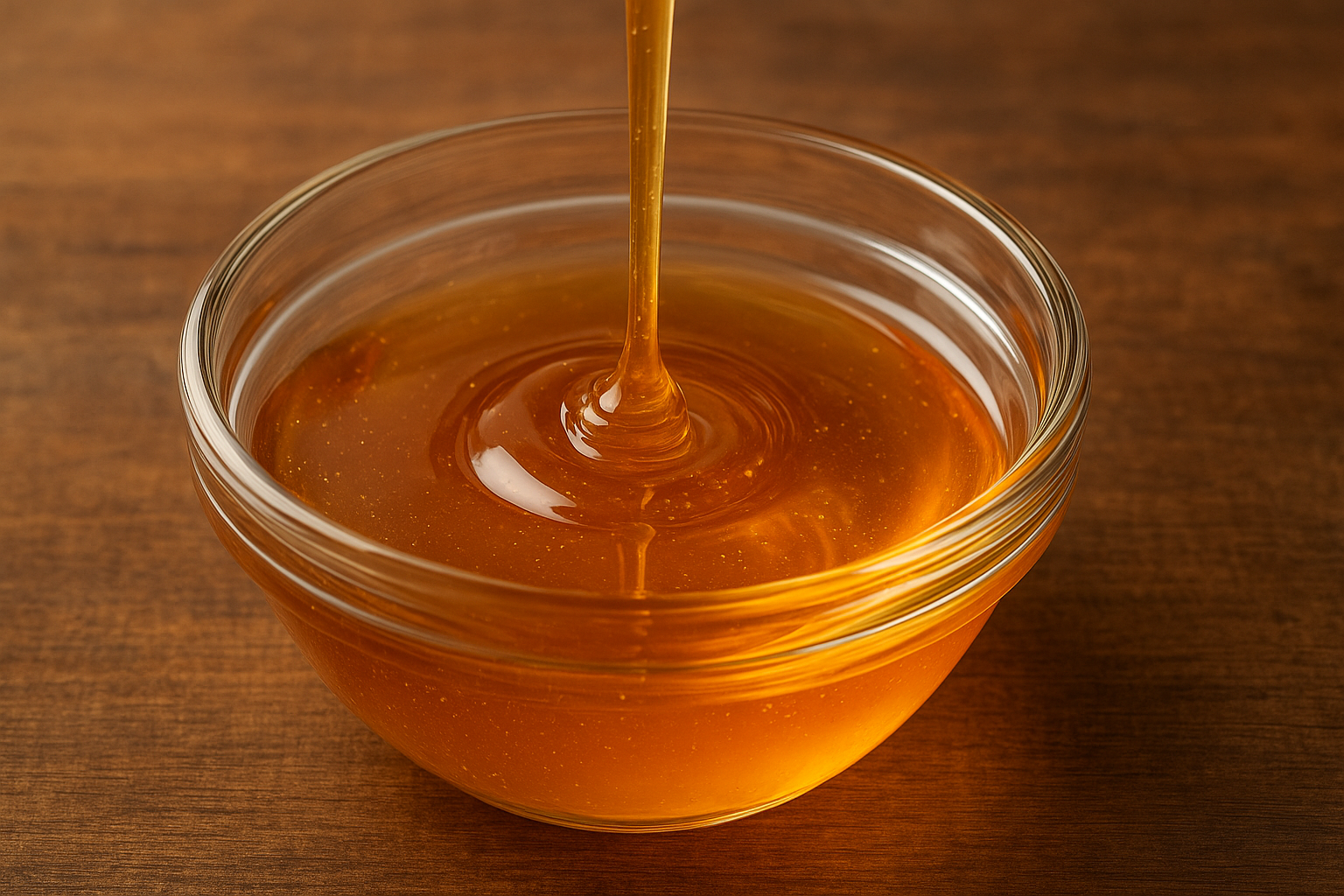1. The Trap of the ‘Natural’ Image
Corn syrup and high-fructose corn syrup (HFCS) are sweeteners made by processing corn starch. Because they originate from a ‘natural’ ingredient, corn, it is easy to misunderstand that they are healthier than artificially refined white sugar (from sugarcane).
2. HFCS Can Be Worse Than Sugar
However, from a nutritional and blood sugar management perspective, HFCS can have a similar or even worse effect than sugar.
– Main Components: Sugar (sucrose) is a combination of glucose and fructose bonded together. HFCS is also a mixture of glucose and fructose, making their composition nearly identical.
– Absorption Speed: Sugar needs to be broken down into glucose and fructose in the body, but HFCS is already in a separated state, so its absorption can be faster.
– The Problem with Fructose: Excessive fructose intake is readily converted to triglycerides in the liver, and is pointed to as a major cause of fatty liver disease and insulin resistance.
– Lack of Satiety: HFCS does not stimulate the secretion of the hormone that makes you feel full (leptin), making it easy to overconsume.
3. The Culprit in Various Processed Foods
HFCS is cheaper than sugar and easy to add to foods in its liquid state, so it is widely used in almost all processed foods and beverages we consume (sodas, juices, snacks, sauces, etc.).
Summary: High-fructose corn syrup, despite its ‘natural’ image, is a simple sugar that spikes blood sugar, just like table sugar. In fact, it can be more harmful to health due to faster absorption and its role in causing fatty liver and insulin resistance. You should check ingredient labels to avoid it.


Leave a Reply